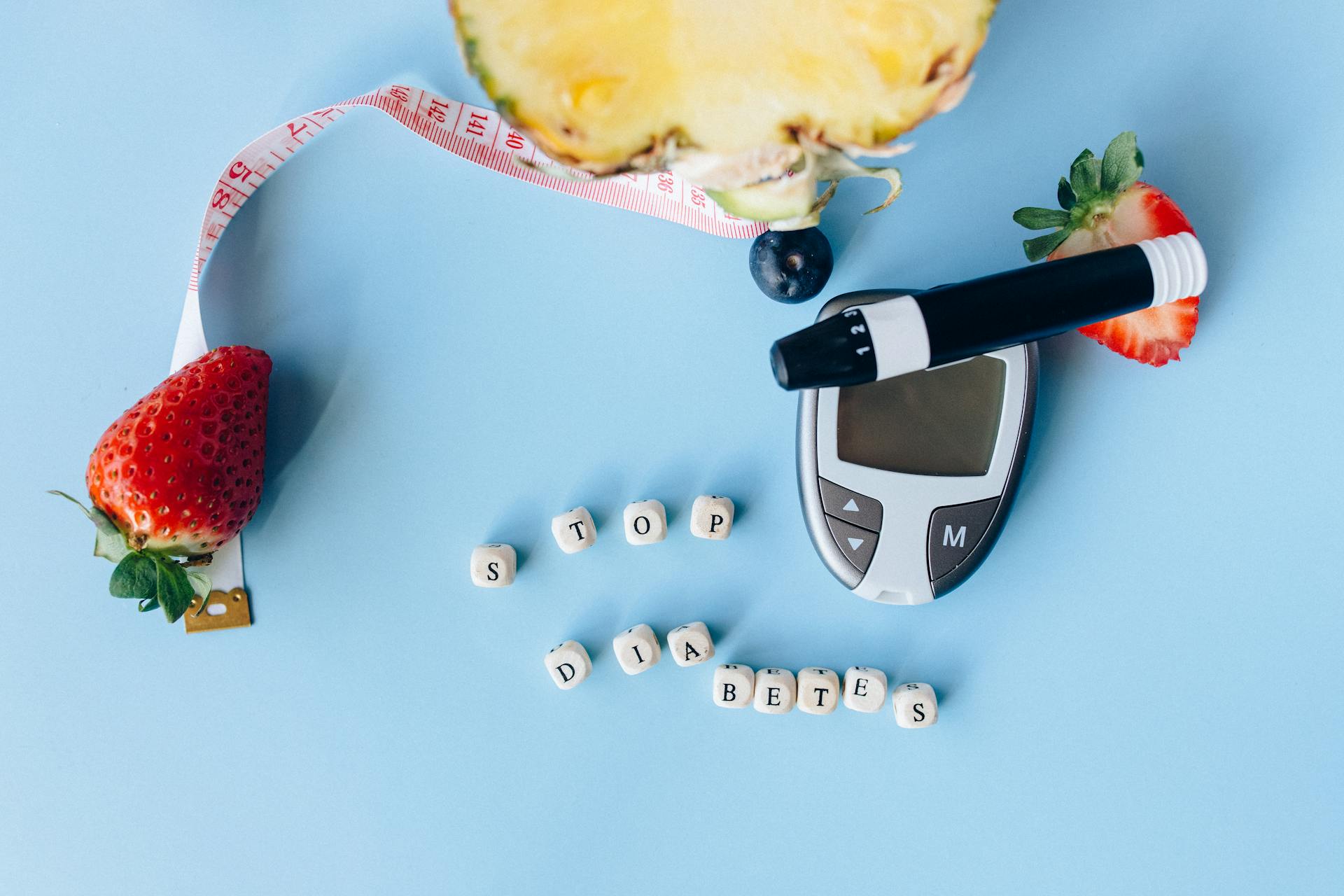What are chronic pains? Are chronic pains different from acute pains?
In the United States alone, not less than a hundred million people are perceived to live with chronic pain; this makes chronic pain the most common complaint doctors and other medical practitioners hear from their patients.

Acute pains are entirely different from chronic pains, acute pains are those immediate pains that one experiences when being hurt, like a broken leg or fractured finger or burnt hands, it might even be internal complications such as appendicitis, indigestion or a passing kidney stone.
Acute pain acts more or less like an alarm system. Acute pain notifies you that something in your body is getting damaged, about to be damaged or was recently damaged. This notification system is necessary, so that you’ll take the required steps to heal yourself or protect yourself, probably buy buying medications or visiting the doctor.
The message can be “the stove burner is still hot, so quit touching it or you’re going to be hurt severely” or “you’ve sprained your ankle and you ought to be resting right about now, you shouldn’t be sprinting because you’ll cause more damage to the ankle and there’ll be great consequences.”
Chronic pains on the other hand are like faulty alarm systems that go off when they are not supposed to, look at it like a smoke alarm system that hasn’t had its battery changed in a while and then intermittently the alarm system begins to misbehave.
Chronic pains allow your body to hurt weeks, months, even years after an injury, medical practitioners define chronic pain as those pains that’ll hurt for 3 to 6 months and even longer. Chronic pains have the tendency of affecting your day-to-day activities both mentally and physically.
What makes one feel chronic pain?
The feeling of pain comes from an unending message that transmits through the nervous system, when we’re hurt, the wound triggers pain sensors located around the area where the wound is inflicted.
The pain message is in form of an electrical pulse that travels from nerves to nerves till it finally gets to the brain, the brain then works on the message, processes it, interprets it and sends the message back creating awareness that you’re hurt.
Normally, this signal is meant to stop when the cause of such pain has been eradicated or resolved, the pain signal stops when your body repairs the injury on your leg, muscle, back or finger. But in the case of chronic pains, even after one has been healed, the nerve pain signal keeps firing; making it seem like the injury hasn’t been healed when it has.
Conditions that’ll most likely bring about chronic pains
At times chronic pain can be triggered by an unknown cause, but for the majority of people, it’s triggered as a result of an injury or a health condition.
Some of the predominant causes of chronic pains are back problems, arthritis, migraines, headaches, post surgeries or post injuries, infections, nerve damages, fibromyalgia, which are severe conditions where pain is felt all over the body without a definite idea of where the pain is originated.
Chronic pain can metamorphose from mild to severe, it can be continuous or intermittent, and it can come day after day or just come and go, the pains feel like throbbing, shooting, soreness, stinging, stiffness, a dull ache or squeezing. Symptoms of chronic pain could include weakness, loss of appetite, sleepless nights, feeling very tired or wiped out, mood swings or lack of energy.
Chronic pain can affect your daily life
Chronic pain has high tendency of distorting your daily life, keeping or restraining you from doing things you had planned doing, chronic pain could alter your self-esteem and make you feel frustrated, lonely, depressed, deserted, angry or anxious.
Imagine a situation where you and your friends have planned to go mountain climbing, hiking or just going to the cinema, but because of your severe back ache, you’re forced to cancel and stay back, you’ll feel depressed and angry.
There’s a bridge that links pain and depression and that’s why you see medical practitioners administering antidepressants as one of the major treatment of chronic pain, these medications help to curb the pain and the emotional distress it causes; however, they are not a long-term solution and often have adverse side-effects.
Pain can also bring about loss of sleep which will definitely spike your stress level, as a result of this you’ll most likely experience acne outbreak, both stress and shortage of sleep aren’t good for the body, it’ll make your mind unfit for the the activities of the day.
Getting help and assistance for your chronic pain
If you’re hurt and the pain doesn’t seem like it’s going away anytime soon, it’s better you go and see a specialist in pain-related issues or a primary doctor around your area, they’re in the best position to administer some drug or non-pharmaceutical treatment approach that’ll help you curb the pain or even eradicate it totally.
Some of the non-pharmaceutical approaches that can be adopted to curb chronic pain are acupuncture, relaxation, exercise, some basic lifestyle adjustments such as quitting smoking and alcohol intake or getting enough sleep and water. Improving your overall blood circulation and blood oxygenation, along with your autonomic nervous system’s rest and digestive (parasympathetic) functions is another clinically proven approach to alleviate long-term chronic pain. Stay tuned for ‘The Anatomy of Chronic Pain – PART 3’ for more valuable information and health tips regarding the various types of chronic pains.







